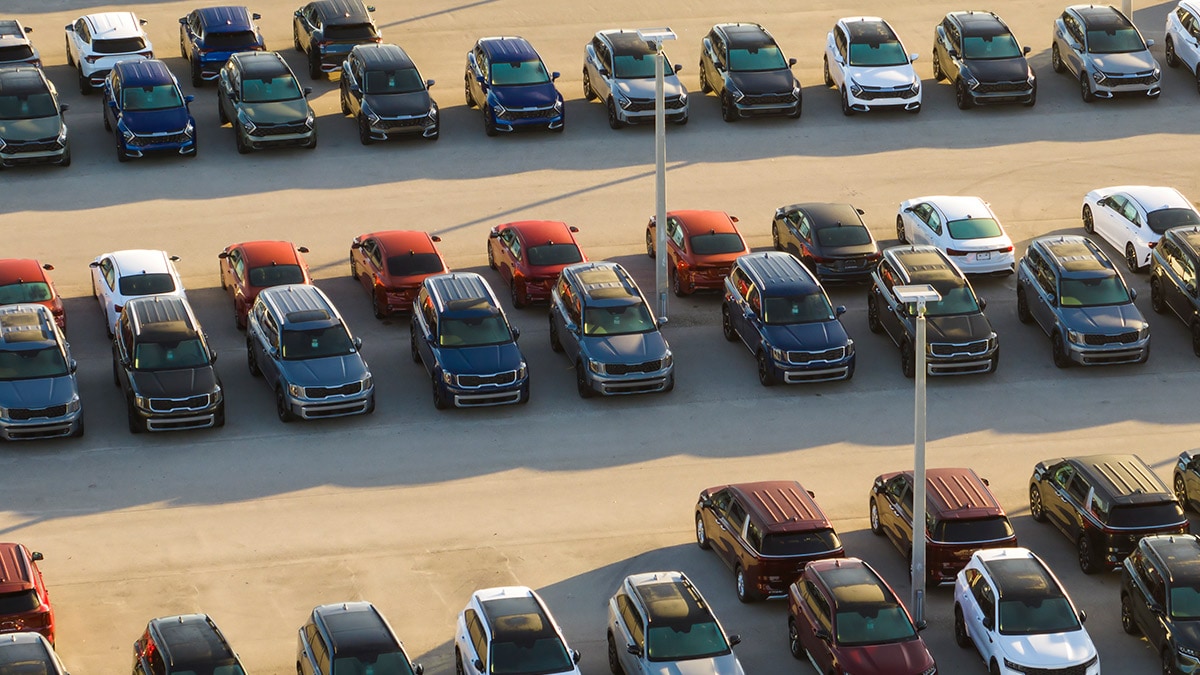In September, the average amount spent by new car buyers was $48,397, marking a 0.4% decline compared to the same month last year, and a decrease of approximately $250 since June.
According to data from Cox Automotive, parent company of Kelley Blue Book, manufacturer incentives rose from 4.8% of the average transaction price a year ago to 7.3% in September.
Factors Behind Price Reductions
One of the reasons for the fall in average transaction prices (ATP) is the growing popularity of smaller, more affordable vehicles. Models such as the Chevrolet Trax, Honda CR-V, Hyundai Elantra, and the Toyota RAV4 and Corolla are experiencing strong sales. The ATP for the Corolla, Elantra, and Trax hovers around $25,000, while the CR-V and RAV4 typically sell for under $40,000.
“The decline in transaction prices for 2024 can be attributed to a shift in buyer preferences towards smaller, less costly vehicles,” remarked Charlie Chesbrough, Senior Economist at Cox Automotive. “This year, the subcompact and compact SUV categories are outperforming the overall market, and not coincidentally, they represent two of the most affordable segments available.”
Impact of EVs
Another contributor to the lower ATPs in September was a contraction in the electric vehicle (EV) market. The current ATP for EVs stands at $56,531, showing a 0.9% decrease compared to the same time last year.
Additionally, the premium that EVs hold over other vehicles is declining. The average ATP premium for EVs decreased from 19% at the end of Q3 to 16% in September.
Incentives for EV purchases dropped by 0.7% from August levels; however, they still average $6,904, which is 12.3% of the ATP for EVs.
Increasing Vehicle Supply Amid Political Uncertainty
Rising dealer inventory levels are also impacting prices. A year ago, dealerships had 2.07 million new vehicles available, while this September, that number has increased to 2.84 million.
However, inventory levels vary by brand. While some manufacturers, such as Ford, Chrysler, Cadillac, Volvo, and Dodge, are facing excess inventory, others, including Lexus, Toyota, Honda, Subaru, Tesla, and Kia, have less than the industry average.
With the U.S. elections approaching, many consumers are postponing their purchases, leading to a potential dip in demand.
Factors such as interest rates, economic conditions, and incentives for electrification are closely linked to the election outcomes, and these will continue to affect new vehicle availability and pricing.
.


